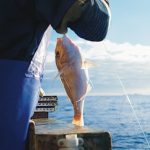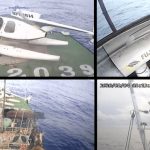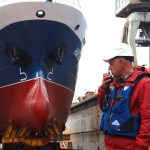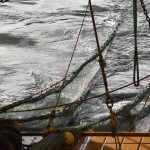The MSC is committed to ensuring its programme and the associated benefits that come with certification are accessible to all fisheries and the RBF allows certifiers to use a structured framework to determine if a data-limited fishery is operating sustainably. Developed over the past five years with stakeholder input and trial fishery assessments, the RBF is two tiered, starting with a qualitative, stakeholder-driven process where the certifier gathers expert opinion including local ecological knowledge. If necessary, this is followed by a semi-quantitative assessment based on the productivity of the species concerned and their susceptibility to fishing gear. Far from lowering the standard, the RBF methodologies are more risk-averse than ‘normal’ assessments; insisting on additional precaution to offset the shortage of quantitative data.
Several fisheries have already started full assessments using the Risk Based Framework including: the South Brittany sardine fishery, Suriname Seabob shrimp, and St. Helena tuna and the North Menai Strait mussel fishery
MSC’s Project Manager for Developing World Fisheries, Amanda Stern-Pirlot says: “Integrating the RBF into the Fisheries Assessment Methodology is the culmination of five years’ work at the MSC, something that underlines our commitment to improving access to the MSC programme, particularly in developing countries. This revised methodology will allow fisheries which are data-limited in some areas, but who can nonetheless demonstrate they are operating sustainably to be assessed against the MSC standard and, hopefully get certified to enjoy the same benefits as enjoyed by larger, more data rich fisheries.”
“On behalf of the MSC, I would like to say thank you to everyone who helped in the development of this methodology, particularly the fisheries and certifiers who worked on the pilot assessments, and experts in the field of fisheries risk assessments who contributed greatly to the development of the framework. Working together, we have produced a much-needed addition to our fishery assessment methodology that will greatly benefit the fisheries that use it.”








